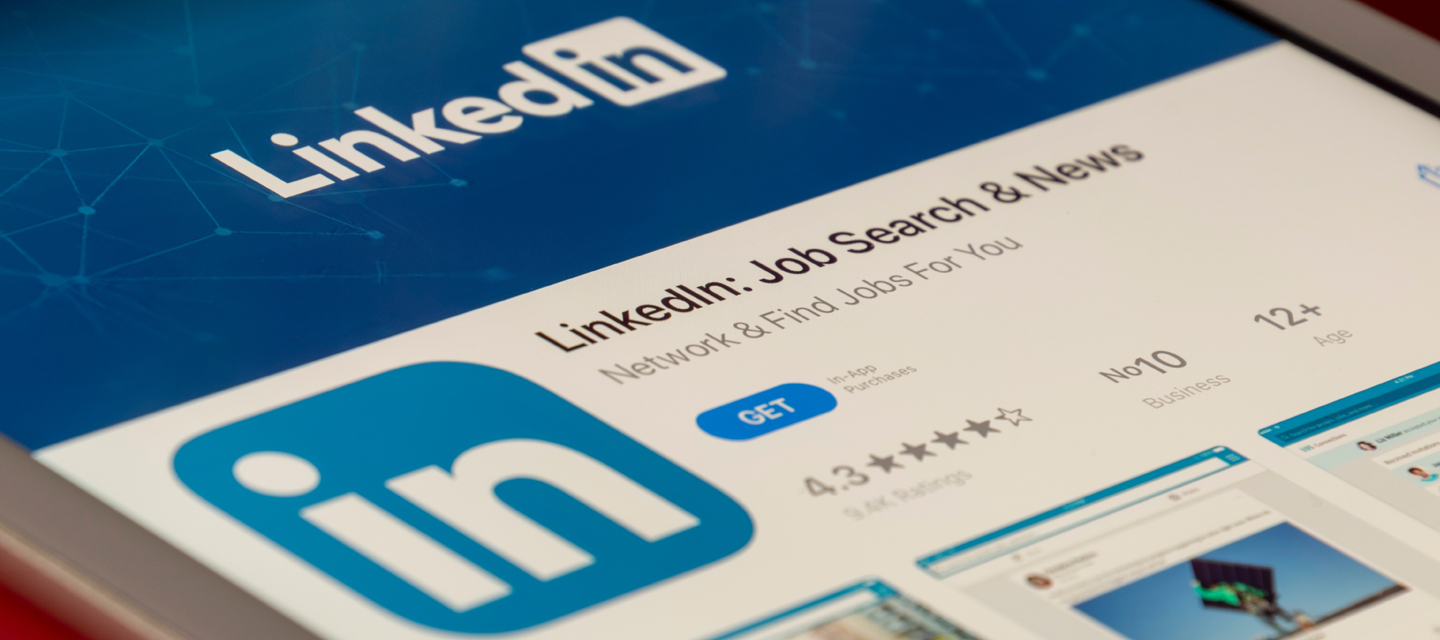The psychology of colour, and how to incorporate it into web design
Colour plays a pivotal role in evoking and shaping emotions, behaviours and perceptions. It can affect moods and even influence purchasing decisions. Colour psychology is a powerful tool at the web designer’s disposal and it can be used to create user experiences that are engaging and impactful. By gaining a better understanding of colour, web designers and business owners can effectively incorporate colour, in just the right way, into the website design, so let’s dig a little deeper into the subject.

Colour plays a pivotal role in evoking and shaping emotions, behaviours and perceptions. It can affect moods and even influence purchasing decisions. Colour psychology is a powerful tool at the web designer’s disposal and it can be used to create user experiences that are engaging and impactful.
By gaining a better understanding of colour, web designers and business owners can effectively incorporate colour, in just the right way, into the website design, so let’s dig a little deeper into the subject.
Understanding the psychology of colour
The psychology of colours delves into how certain colours elicit emotional and psychological responses in people. The perception of colour can vary due to personal experiences or cultural backgrounds, but there are certain general associations with colour that are recognised across all cultures.
For example, red is said to be a colour that conveys energy, passion, a sense of urgency and even danger. On the opposite side of the spectrum, blue has long been considered a serene colour, one that imparts feelings of calmness, trust and reliability.
Incorporating colour into web design
Let’s now take a look at how colour can be effectively incorporated into website design to create impactful and high-value sites.
Cultural context needs to be considered
Red was mentioned above and in the western world, it’s oftentimes associated with urgency and danger. However, in many Asian cultures, red is the colour that represents luck. In western culture, black is a colour for death and mourning but in Eastern cultures, that colour is white.
Colours need to be carefully chosen depending on where the brand’s target market is primarily located. If this isn’t taken into account, the chosen colours could be sending all the wrong messages. For global target markets, sometimes it’s best to avoid red as it conveys such a powerful message, but in different ways in different cultures.
Establishing brand identity
Brand identity is defined and reinforced through the use of colour. By incorporating brand colours consistently throughout a website, designers can create a cohesive and memorable brand experience for visitors, giving the site a real sense of continuity. Having this consistency in the usage of colour helps to strengthen brand recognition. It also builds a sense of trust and familiarity with the brand.
Understanding colour theory
Harmonious colour combinations for branding and website design are more effectively achieved with an understanding of the principles of colour theory. The use of the colour wheel is a fantastic tool for finding colour combinations that simply work well together. With its primary, secondary and tertiary colour palettes, along with tints and shades, it makes choosing the right colour combinations rather easy.
Setting the tone of the site
Colour plays a massive role in setting a website’s tone. For example, colours like orange, red and yellow create a warm tone, giving the impression of a fun and lively site filled with energy and excitement. The use of cool colours such as green and blue evokes feelings of calmness and serenity in visitors. Cool colours would work well on a website devoted to meditation and yoga, for example.
Improving readability and usability with contrast
When you combine two different colours with an even tone, they lack enough contrast to stand out. In order to achieve a higher degree of readability, colours need to be high contrast. This is very important for text and interactive elements on a website. When a high contrast is created between background elements and the text, it improves readability and accessibility for individuals who are visually impaired. High contrast colours in a call to action (CTA) draw more attention to important sections of the website. Navigation is also improved when high contrast colours are incorporated.
Enhancing emotional engagement
Like music, colour evokes an emotional response in people. It also serves to create connections on a subconscious level. By selecting colours that resonate with your target audience’s preferences and emotions, web designers can boost emotional engagement and strengthen the user’s bond with your brand.
Whether the goal is to create a sense of excitement and anticipation, or to instill feelings of trust and reliability, colour is a powerful tool for evoking just the right emotional responses.
Common colour associations
As a quick reference guide, here are common associations we, as humans, have with particular colours:
- Orange: Enthusiasm, creativity, warmth, and vitality
- Yellow: Happiness, optimism, positivity, and warmth
- Green: Nature, growth, balance, harmony, and tranquillity
- Blue: Trust, calmness, reliability, serenity, and professionalism
- Purple: Royalty, luxury, creativity, and spirituality
- Pink: Femininity, romance, compassion, and playfulness
- Brown: Stability, reliability, warmth, and earthiness
- Black: Sophistication, elegance, authority, power, and mourning
- White: Purity, cleanliness, simplicity, and innocence
- Gray: Neutrality, balance, maturity, and professionalism
- Gold: Luxury, wealth, success, and prosperity
- Silver: Modernity, sophistication, and innovation
- Beige: Calmness, warmth, and relaxation
- Turquoise: Tranquility, clarity, and balance
Wrapping up
The psychology of colour provides valuable insights into how individuals respond to colour, allowing colour in web design to be targeted to your audience.
At MintTwist, we can strategically incorporate colour into your website design, creating visually appealing, emotionally engaging and highly effective websites that resonate with your target market. Contact us today and let’s start shaping your website for success.
More insights from the team


